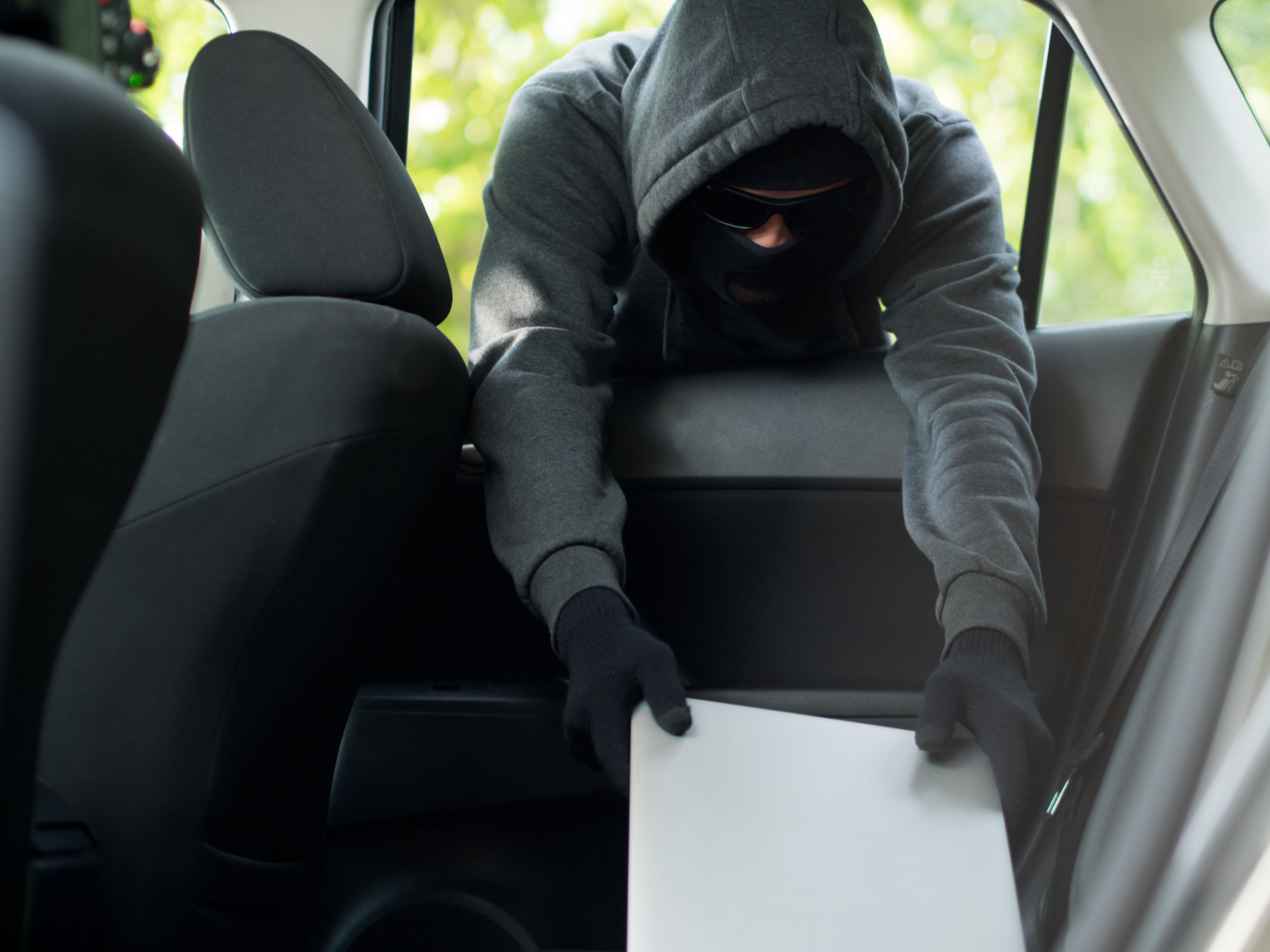If you or a loved one find yourselves in a difficult situation, we understand the urgency and stress that comes with it. At Angels Bail Bonds, we specialize in providing the support and assistance needed to secure bail for felony grand theft charges.
Learn the basics about the bail process for a felony grand theft charge, and then contact Angels Bail Bonds today. Let us be your trusted partner in navigating the bail process for felony grand theft charges. We are here to help you regain your freedom and prepare for your legal journey.
What is bail?
Bail in California refers to the amount of money or property that a defendant or their surety (a person responsible for the defendant’s appearance in court) must deposit with the court to secure the defendant’s release from custody while awaiting trial.
The purpose of bail is to ensure that the defendant appears in court for all scheduled hearings and does not flee before the trial. A county bail schedule or table determines bail amounts, but a judge can deviate from the schedule based on various factors, including the severity of the offense, the defendant’s criminal history, and if the defendant is a flight risk. If the defendant fails to appear in court, the bail is forfeited, and a warrant may be issued for their arrest.
What are bail bonds?
When you find yourself in a situation where you can’t afford to pay for your bail, bail bonds might be the solution for you. A bail bondsman, who a bail bond company employs, will charge you a fee in exchange for providing the payment. Bail bond companies in California charge only 10% of the total bail amount to post-bond for a defendant. So, if the cost of bail is $20,000, the bondsman will charge $2,000 instead of the full amount. While this may still seem like a lot of money, it’s much more affordable than paying the entire bail amount, especially on extremely high bail amounts for some serious felonies.
Those rates can be as high as 20% for some immigration and federal charges because these rates are set by law, and all bail companies must charge the same amount. Despite the costs, using a bail bondsman can be a lifesaver for those who cannot afford to be released from custody on bail.
What happens at a bail hearing?
The amount of bail is normally set at the person’s initial court appearance, often known as the arraignment stage or pre-trial detention. A judge can either release a person on their own recognizance (OR) with a promise to appear in court at a later date or deny their OR.
If the charges are infraction offenses or even some misdemeanor offenses—such as a DUI with no accident injuries or significant property damage— the person will usually be released without bail after being arrested. More serious felony charges, like assault with a deadly weapon or even murder, will not have OR as an option and will only be released from custody on bail.
You must pay the bail amount or post a bail bond on the bail schedule. An arresting officer might ask for a higher bail amount than what the schedule suggests.
What Factors Influence a Defendant’s Bail Amount?
The bail bond process starts when a defendant is in front of a judge to determine bail. Then several factors are put into play, including the severity of the crime, criminal history, whether the defendant is a flight risk, community ties, financial resources, their potential danger to public safety, and even mental health are considered when determining bail amount.
The bail schedule further gives guidance for all criminal charges, with the judge having some leeway in the specific amounts, as mentioned. And even if they’re allowed out on bail, the defendant might have to be placed under house arrest, be prohibited from owning any deadly weapons, or placed under electronic monitoring.
Have you been charged with criminal Felony Grand Theft PC 487?

If you’ve been charged with a criminal offense like felony grand theft, you or a loved one must contact the experts at Angels Bail Bonds immediately. Our team of bail bondsmen and criminal defense lawyers provide assistance during pre-trial detention at no extra cost, including nationwide.
What is Felony Grand Theft?
We must first define theft according to the California Penal Code, section 484, which states that theft is the deliberate act of taking someone else’s property without their consent and with the intent to permanently deprive the owner victim of its possession or use. It includes various forms of stealing, such as larceny, theft by embezzlement, false pretenses, wage theft, and theft by trick.
According to the state’s theft law, the value of the stolen property taken from the victim mostly determines the severity of the offense, ranging from petty theft for property valued under $950 to grand theft for property valued above that threshold. There are some exceptions to this threshold, such as when the victim’s property is a firearm, car, or farm animal stolen.
Petty theft is any theft with a value of the property stolen less than $950, although there are some exceptions, such as in the case of stealing livestock and farm products, where stealing more than $250 is enough to warrant a charge of grand theft. Petty theft is almost always punished by a few months in county jail or fines.
Grand theft is the theft of property, money, or labor worth more than $950 or more than $250 in the case of livestock and crops. A grand theft charge also applies to a person accused of stealing a firearm or motor vehicle (grand theft auto) from a victim, no matter the worth. Grand theft is a wobbler crime, meaning that it can be charged as either a felony offense or a misdemeanor offense, depending on the circumstances.
Shoplifting is a form of petty theft when entering a commercial building. If the value is larger than $950 or if there was an illegal entry into the building after business hours, with the intent of theft, then it would be charged with burglary.
Types of Felony Grand Theft Charges in California
PC 487 states, “When the money, labor, real property, or personal property taken is of a value exceeding nine hundred fifty dollars ($950),” grand theft is committed. How the real property or thing of value is “taken” is also broad and can include theft by forcefully taking something or even theft by embezzlement of funds, false pretenses, or more.
Other Examples of Felony Grand Theft
Felony grand theft is also committed when the property is taken:
- Is a firearm
- A motor vehicle (grand theft auto)
- From the victim’s person, as in a mugging.
- More than $250 worth of farm animals, aquacultural products, or crops.
Burglary
Entering an inhabited structure with the intent of committing a theft crime or felony crime, entering a commercial structure with the intent of stealing more than $950 worth of goods, or when entering after business hours with criminal intent is called burglary.
California law first divides burglary into two degrees. First-degree burglary is residential burglary, while second-degree burglary is all other types of structure, commercial or business. And enhanced penalties are involved if other felony offenses are carried out during the burglary besides grand theft.
Under California Penal Code 459 PC, residential burglary, or first-degree burglary, will always be considered a felony. It’s the type of felony burglary that takes place in a structure where the victim resides, as opposed to a commercial establishment.
Custodial Institution Burglary
Compared to commercial burglary and residential burglary, this type of theft crime is rare but worth mentioning. It is a theft crime carried out in a jail or correctional institution “with the intent to steal items of use or convert for use as a weapon, escape tools, or intoxicating drugs.”
Identity Theft

California Penal Code Section 530.5 defines identity theft as using someone else’s personal identifying information for any unlawful purpose, “including to obtain, or attempt to obtain, credit, goods, services, real property, or medical information without that person’s consent.” How a victim’s identity is taken and classified as theft is also broad, like falsifying a victim’s signature, obtaining the information under false pretenses, or stealing account numbers, diver’s licenses, or social security information.
This crime is a wobbler but can be charged as a felony punishable by up to 3 years of jail time or in prison, depending on the circumstances of the case, the amount stolen from the victim via fraud, and other factors.
Penalties in Felony grand theft Cases
Petty theft is mostly punished as a misdemeanor, meaning several months in jail or even a year or no jail time in exchange for probation or fines.
The penalties on felony defendants for grand theft are varied and depend on several factors, but felony grand theft is typically punished by 16 months to 3 years in county jail. Additional penalties can include $10,000 of fines or more years added to a prison sentence.
First-degree burglary can be punished by four years in prison or more, depending on whether there was another felony crime involved or on the defendant’s criminal record.
Grand theft auto can lead to up to 3 years in state prison and $10,000 in fines, but if the vehicle is worth more than $65,000, there are enhanced penalties in the form of an extra year of jail time, with vehicles worth more than $200,000 adding up to two years more to a prison sentence.
Average Bail for Felony Grand Theft
Felony grand theft in the California Penal Code is PC 487, and initial bail is set on the schedule at $20,000 to $50,000, although this varies throughout Southern California, with some, like Orange County charging $20,000 for petty theft alone but less for embezzlement, for example.
You need an experienced bail bond agent that specializes in Felony Grand Theft defense

The bail bond process for a felony grand theft charge is serious and without expert help at your side, as the standard bail for felony grand theft is $20,000 to $50,000. Nonetheless, a bail bond company and a criminal defense attorney can aid you during this difficult time and help you and your loved one obtain that money.
One possible defense a criminal defense attorney might use to defend against charges of grand theft in California is lack of intent. The attorney may argue that their client did not intend to permanently deprive the rightful owner of the stolen property. They could present evidence or witness testimonies to show that the alleged theft was a misunderstanding or that their client believed they had permission to take or use the property.
Another defense strategy could involve challenging the evidence presented by the prosecution. The defense attorney may question the credibility or reliability of the evidence, such as surveillance footage or witness statements. They could argue that the evidence was obtained unlawfully or that it is insufficient to prove beyond a reasonable doubt that their client committed grand theft. The attorney may also explore potential inconsistencies or weaknesses in the prosecution’s case to create doubt in the minds of the jury or judge.
Free Consultation & Case Review
Do you know someone who has been arrested for felony grand theft? Look no further because we are here to help. At Angel Bail Bonds, we work with experienced bail bondsmen and criminal defense attorneys to be your best option, even in cases where you need bail for theft or felony grand theft. We offer flexible payment plans and affordable rates to make the process more manageable for you and your loved ones. If you have any questions about how bail laws and the bail bond process work or if you need assistance helping a loved one in Los Angeles, Orange County, or anywhere else in California, don’t hesitate to call us today.





